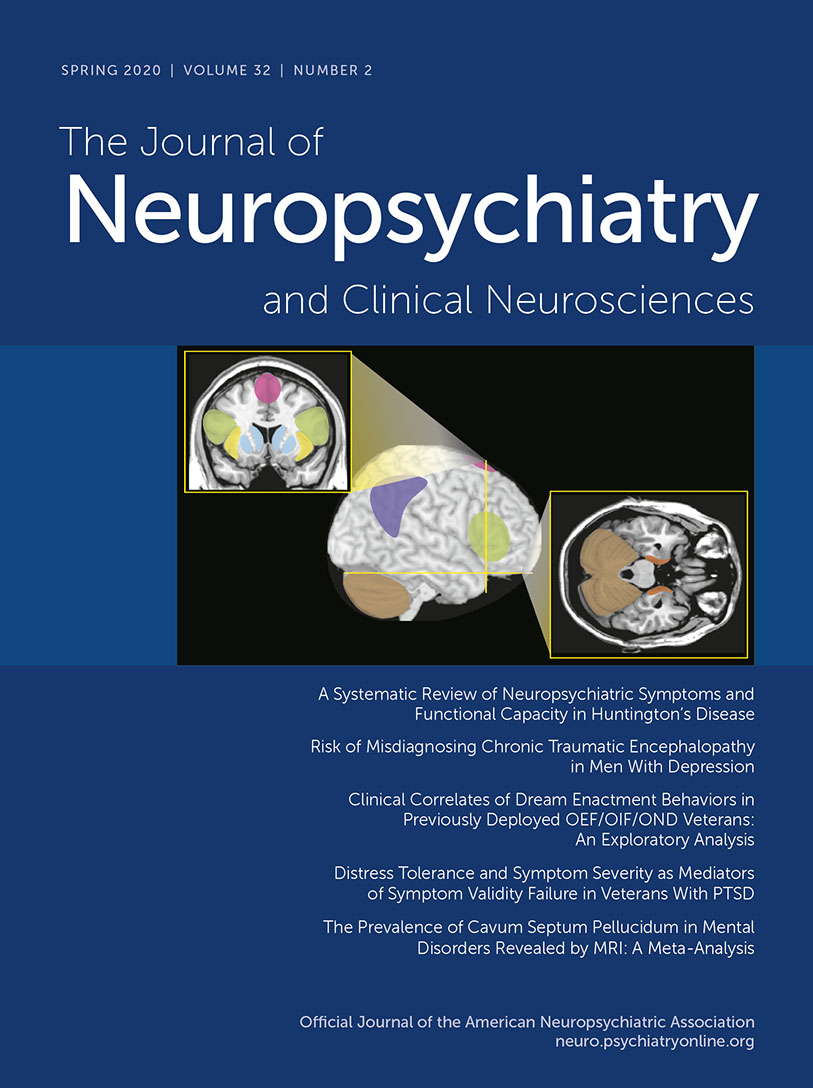The Prevalence of Cavum Septum Pellucidum in Mental Disorders Revealed by MRI: A Meta-Analysis
Abstract
Objective:
The prevalence of cavum septum pellucidum (CSP) in mental disorders, particularly schizophrenia spectrum disorders and mood disorders, remains uncertain. The authors used a meta-analytical approach to determine the prevalence of CSP in mental disorders and to compare these with the prevalence of CSP in psychiatrically healthy comparison subjects.
Methods:
PubMed and Embase were systematically searched for relevant articles published as of January 9, 2018. After a quality assessment of individual studies using the Newcastle-Ottawa Scale, a random-effects model within Stata statistical software was used to synthesize 25 eligible studies that included 2,392 patients with mental disorders and 1,445 psychiatrically healthy comparison subjects.
Results:
The prevalence of CSP of any size and large CSP was found to be significantly higher in individuals with mental disorders compared with healthy comparison subjects, and the prevalence of CSP in schizophrenia spectrum and mood disorders did not differ between the groups.
Conclusions:
The meta-regression with predefined covariance indicated that imaging parameters were not associated with the heterogeneity among original studies; however, the mean age of enrolled subjects was identified as a possible source of heterogeneity. No publication bias was found.



